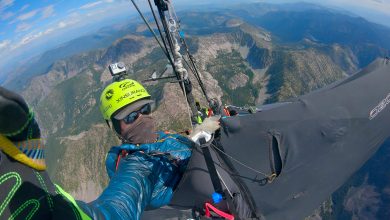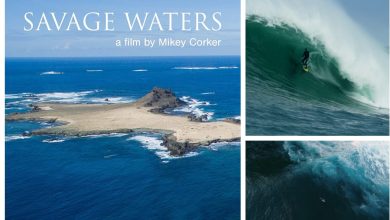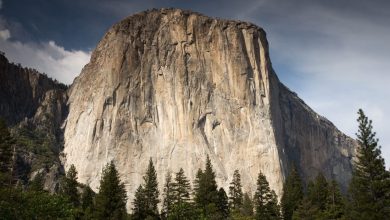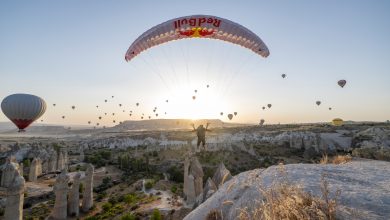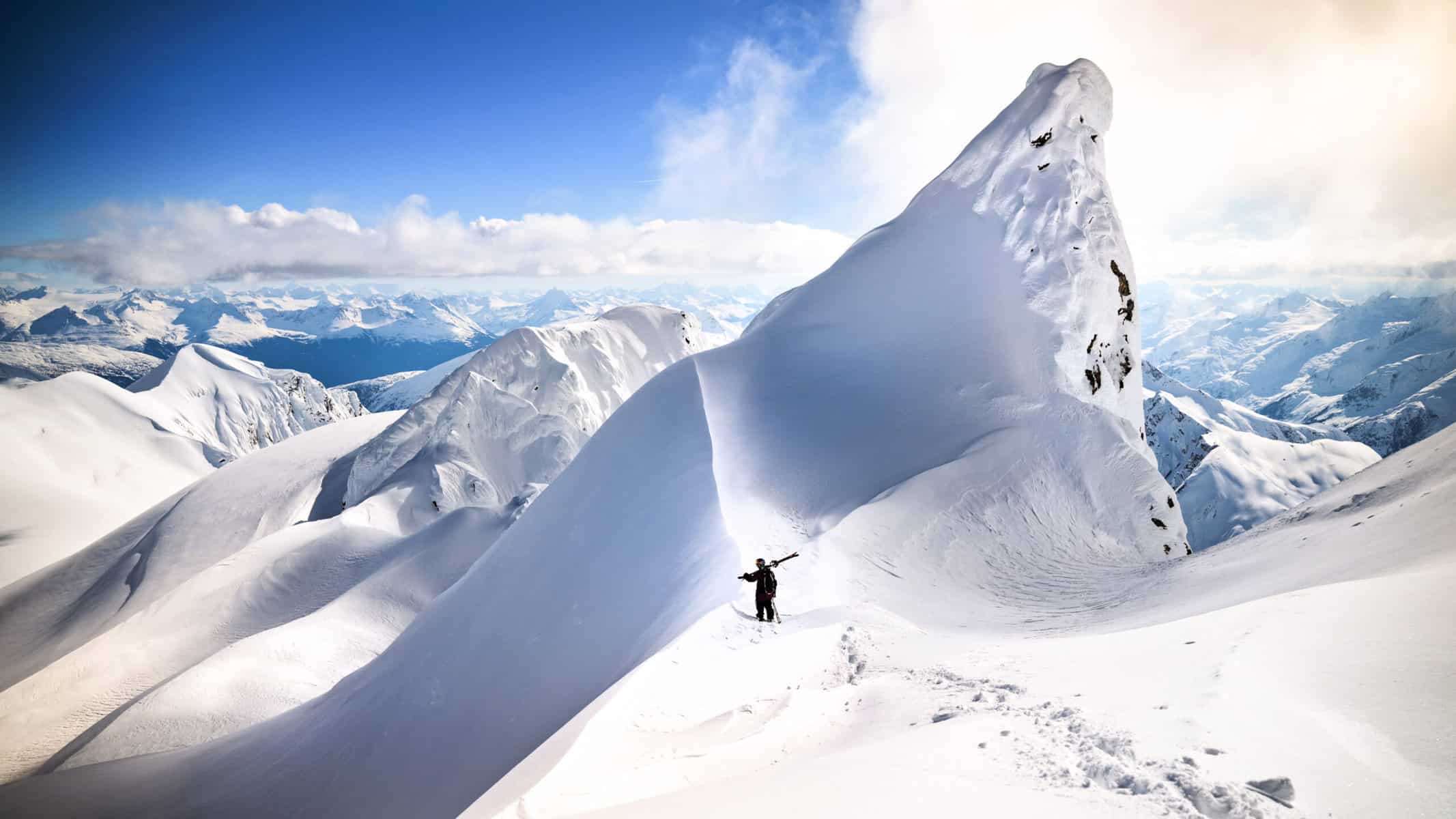
Adventure, we get sent an avalanche of pre-release films to help fuel the hype. And honestly, after watching enough ski flicks, it’s easy to think, “Yep, I’ve seen that before.” But then, out of nowhere, something extraordinary drops into your lap, and suddenly you’re gripping your seat, muttering, “Oh, shit.” Circle of Madness is precisely that kind of film. I’ve seen the raw footage, and it’s pure insanity—the movie is aptly named
CIRCLE OF MADNESS features Markus Eder (ski) & Victor de Le Rue (snowboard) returning to the legendary spine walls of Haines, Alaska. Taking on some of the more renowned and historical lines to a camping mission in the middle of a never-seen-before mountain face. Markus and Victor’s obsession with Alaska becomes a descent into madness – and that’s how the movie got its name.
After immersing ourselves in the raw footage of the movie we decided to dig deeper ,why, where and how did this project come about.
Firstly meet the Team:
Christoph Thoresen, Director:
With 25 years of experience spanning pro snowboarding, filmmaking, and photography, Christoph brings a unique perspective to sports movies. His love for the mountains fuels his award-winning work, including a Sports Emmy for “Outstanding Camera Work” on The Ultimate Run.
Markus Eder, Skier:
Raised in South Tyrol, Markus transitioned from ski racing to freestyle, where he truly excelled. His breakthrough came in 2010 when he won Nine Knights as a rookie, cementing his status in the sport.
Victor De Le Rue, Snowboarder:
Growing up in the Spanish Pyrenees, Victor’s backcountry skills were shaped by his adventurous siblings. A natural on a snowboard since age six, he’s also a talented climber and paraglider, always pushing his limits.
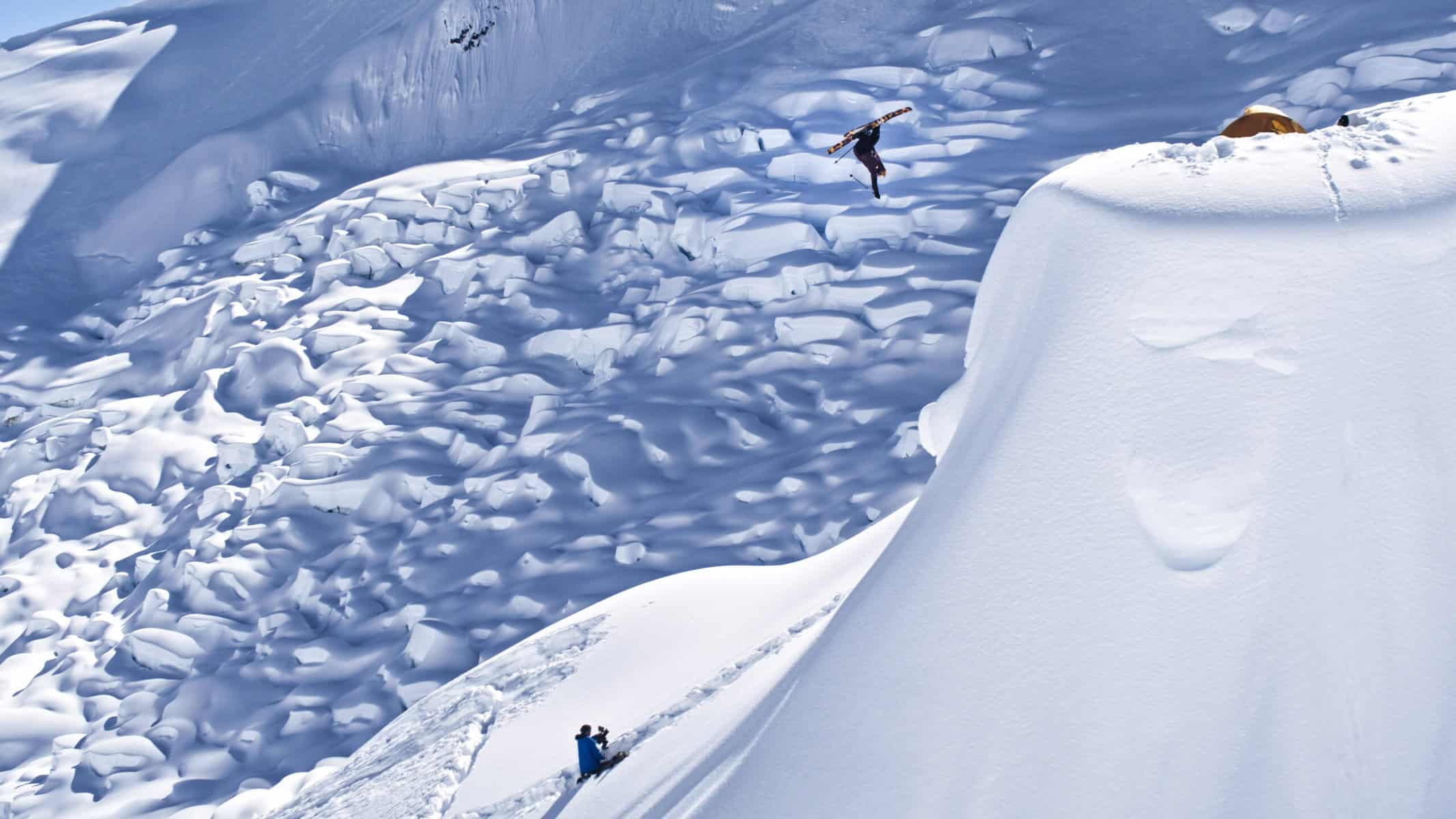
Questions:
First off, who had the brilliant idea to tackle Alaska’s backcountry for this film? Was it a stroke of genius or pure madness? How long was the project in the making—from concept to post-production?
Christoph Thoresen: “Victor and Markus approached me, saying they had one dream: to ride Alaska to their fullest potential and turn it into a film. They had been there before but never felt like they really conquered it. This time, they wanted to get it right. It wasn’t so much genius as it was a touch of madness (laughs) because, while Alaska is stunning, it’s also incredibly dangerous. The terrain is unlike any other, with challenges that push the limits. Originally, we planned one big trip, but it ended up being two because Victor was injured the first year and wasn’t sure he could ride. In the end, the extra year made it even better.”
Alaska is no joke. What was the most terrifying moment where you thought, ‘this could go really bad’?
Christoph Thoresen: “One of the scariest moments was when Victor was hiking a couloir we’d studied. We felt confident about the snow, but as he was climbing, a chunk broke off we hadn’t noticed, triggering a massive avalanche just meters from him. We saw a cloud of snow rush down the glacier, unsure if Victor was caught in it. Thankfully, we heard his radio signal right after, confirming he was okay. It was a close call, and we were relieved to leave that area after. That’s what I wanted to show in the film: the beauty of the mountains can lure you into dangerous decisions.”
What role does fear play when you’re staring down a near-vertical slope? Do you embrace it or push it aside?
Markus Eder: “I was definitely scared a few times, and fear can block me—it makes me hesitate and lose confidence. When I’m scared, I’m not a good skier. There were moments when I had to turn back, like in the couloirs Victor hiked. Respect is different from fear; it sharpens my focus, making me study each line in detail, and that’s what allows me to pull off the moves and tricks.”
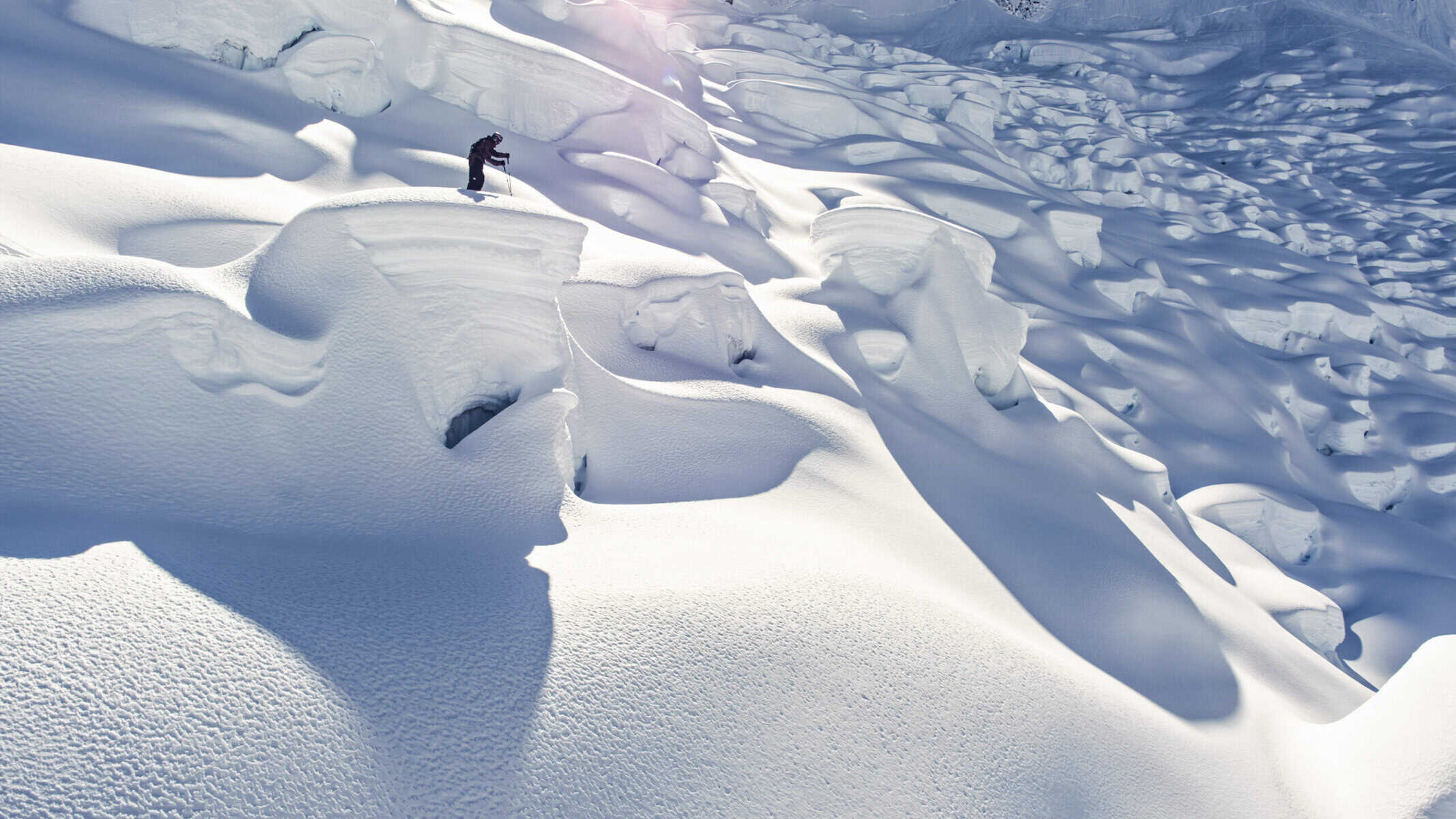
Alaska’s weather is notorious. How did you handle the unpredictability? Any days where you just had to wait it out?
Victor De Le Rue: “The weather was insane and unpredictable. We were always on standby, ready to fly out at a moment’s notice. It’s exhausting because you know once you’re on the mountain, it’s all-in. One minute you’re waiting, the next, you’re on top of the line of your life. The challenge was constantly adapting—switching zones or finding sun pockets. But with all the snow from bad weather, we improvised some epic sessions.”
Markus Eder: “We probably rode for half the time we were there, which is quite a lot for Alaska. The rest of the time, we were sitting tight, waiting for the right conditions. It’s easier to wait when it’s snowing because that means better riding ahead. But it’s much harder when conditions aren’t quite good enough, and you’re stuck, unsure if they’ll improve.”
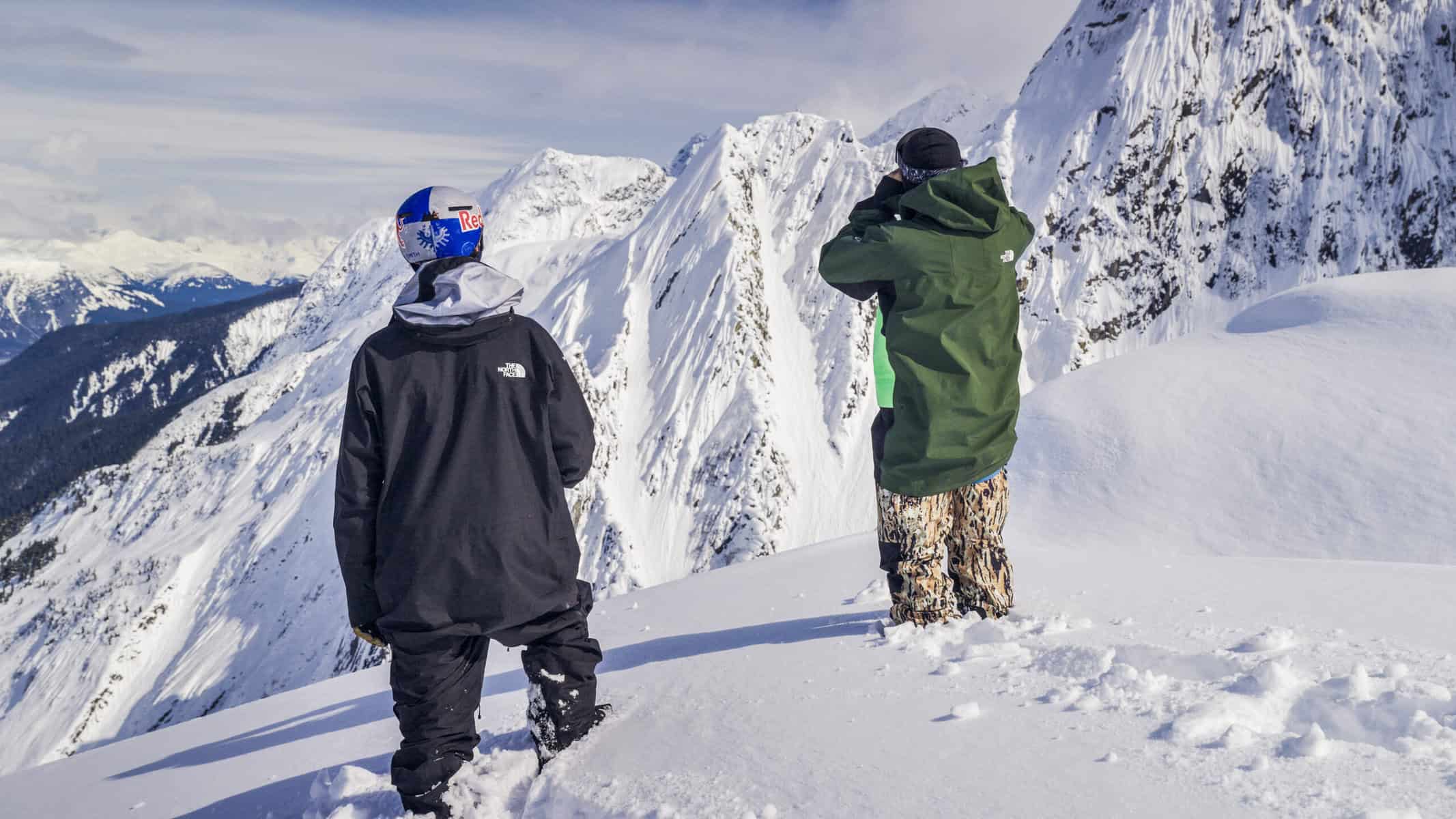
Skiing in Alaska is often described as the ultimate for any skier or snowboarder. What’s your take? Is it the pinnacle?
Markus Eder: “Absolutely. Alaska is the Teahupo’o of skiing, like Yosemite for climbers or Kitzbühel for downhill skiers. Legendary places like Birthday Bowl and 3 Amigos are like the most iconic skate spots in the world. The best in the sport have left their mark here, and the unique conditions—where ocean air makes snow stick to vertical walls—are pure magic.”
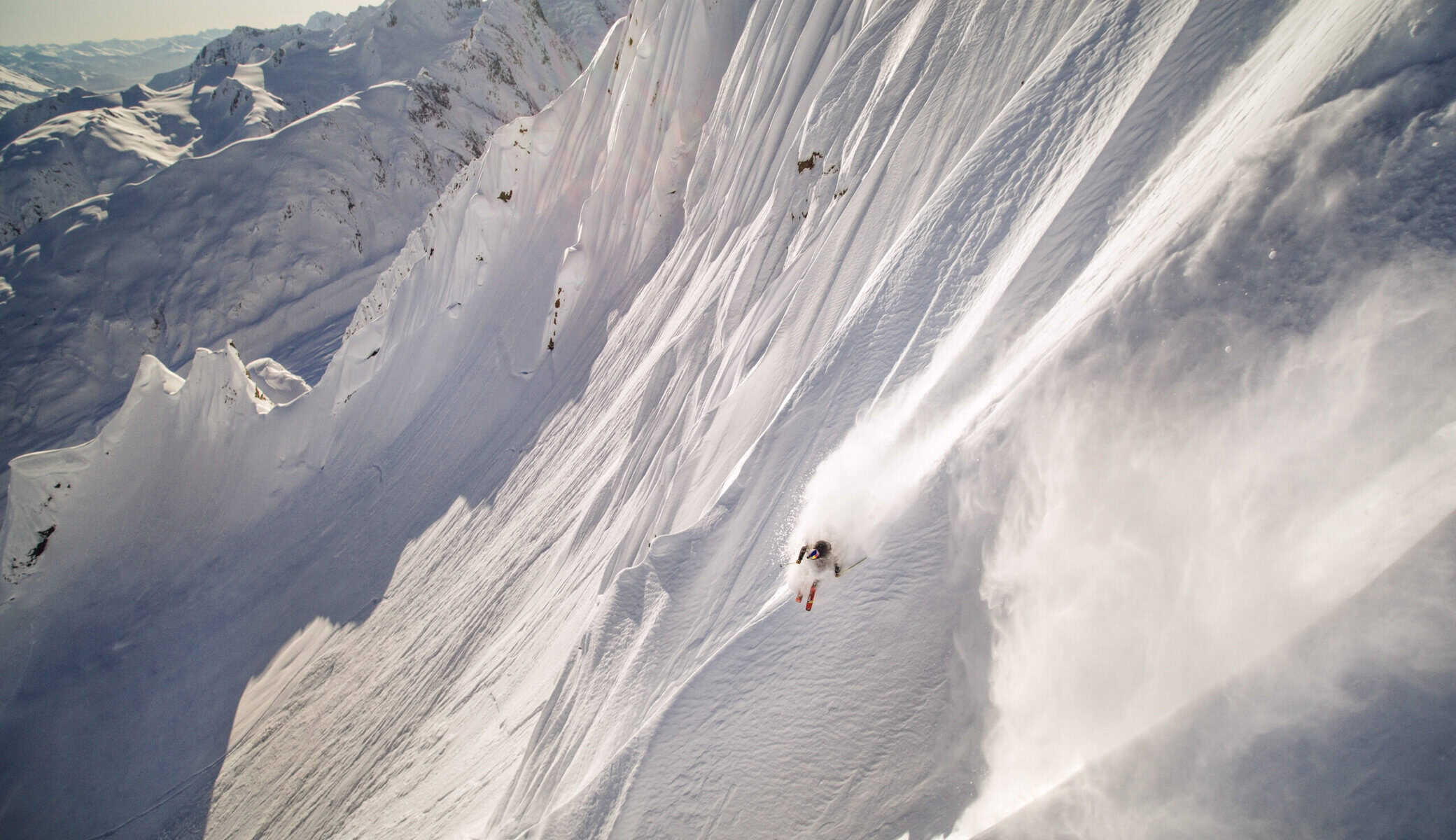
At its core, what message were you trying to convey with the film?
Victor De Le Rue: “Markus and I wanted to go to our dream spot—Alaska—and ride at our absolute best. We didn’t want a quick trip; we wanted to stay long enough to really push our skiing and snowboarding to the limit. We succeeded, but it feels like we could always do more. The endless options in that kind of environment keep the ideas flowing.”
Markus Eder: “This project made me realize something about myself. I’ve always wanted to break free—whether from school, work, or the standard life path. Skiing has been my escape, and for the last 15 years, I’ve been lucky enough to do it professionally. Sometimes I think about quitting the fear and danger, but I can’t let go. I love it too much. Alaska was supposed to be the dream fulfilled, but now I know I’ll be back—maybe I’m just obsessed.”



